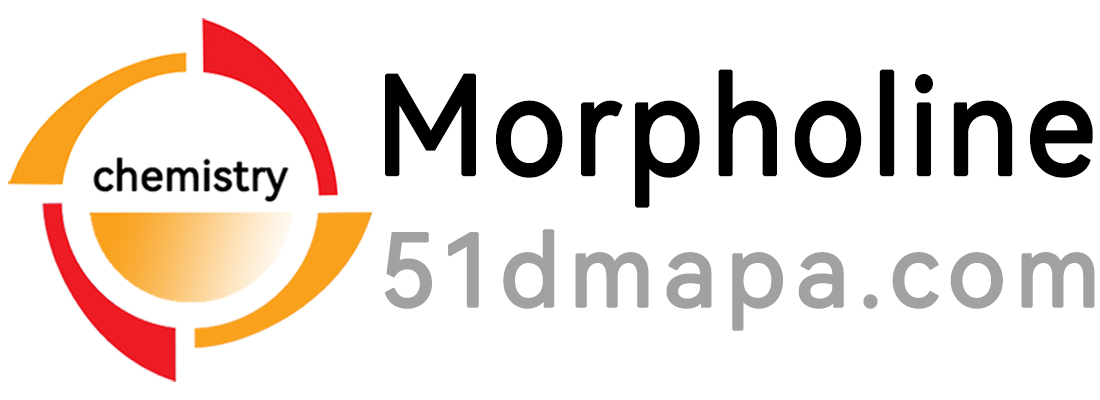
Structural formula
| Business number | 031M |
|---|---|
| Molecular formula | C5H10O |
| Molecular weight | 86.13 |
| label |
n-valeraldehyde, N-valeraldehyde, amyl ether, valeral, 1-Butanecarbaldehyde, n-Valeraldehyd, Valericaldehyde, Pentanal, food additives, Flavor enhancer |
Numbering system
CAS number:110-62-3
MDL number:MFCD00007026
EINECS number:203-784-4
RTECS number:YV3600000
BRN number:1616304
PubChem number:24846963
Physical property data
1. Properties: colorless liquid with pungent odor. [1]
2. Melting point (℃): -91.1[2]
3. Boiling point (℃): 102~103[3]
4. Relative density (water=1): 0.81[4]
5. Relative vapor density (air=1): 2.96[5]
6. Saturated vapor pressure (kPa): 3.4 (20℃)[6]
7. Critical pressure (MPa): 3.97[7]
8. Octanol/water partition coefficient: 1.31[8]
9. Flash point (℃): 12.22 (OC); 12 (CC) [9]
10. Ignition temperature (℃): 222[10]
11. Explosion upper limit (%): 7.2[11]
12. Lower explosion limit (%): 1.4[12]
13. Solubility: Slightly soluble in water, soluble in organic solvents such as ethanol and ether. [13]
14. Critical compression factor: 0.264
15. Critical density (g·cm-3): 0.275
16. Critical volume (cm3·mol-1): 313
17. Eccentricity factor: 0.393
18. Solubility parameter (J·cm-3)0.5: 18.603
19. van der Waals area (cm 2·mol-1): 8.540×109
20. van der Waals volume (cm 3·mol-1): 59.500
21. Liquid phase standard hot melt (J·mol-1·K-1): 355.8
22. Liquid phase standard combustion heat (enthalpy) (kJ·mol-1): -3129.4
23. Liquid phase standard claimed heat (enthalpy) (kJ·mol-1): -267.3
24. Liquid phase standard hot melt (J·mol– 1·K-1): 185.8
25. Gas phase standard combustion heat (enthalpy) (kJ·mol-1): -3168.2
26. Gas phase standard claimed heat (enthalpy) (kJ·mol-1): -228.5
27. Gas phase standard entropy (J· mol-1·K-1): 379.91
28. Gas phase standard free energy of formation (kJ·mol-1):-108.0
Toxicological data
1. Irritation: Rabbit skin standard Drez eye dye test: 500mg/24H, moderate irritation.
Standard Drez eye dye test on rabbit eyes: 100mg/24H, severe irritation.
Guinea pig skin standard Drez eye dye test: 100%, severe irritation.�
2. Acute toxicity: rat oral LD5O: 5600mg/kg; rat inhalation LCLO: 4000ppm/4H; rat peritoneal LD5O: 400mg/kg; mouse oral LD5O: 6400mg/kg ; Mouse abdominal LD5O: 200mg/kg; Mouse subcutaneous LDLO: 2gm/kg; Rabbit skin LD5O: 5ml/kg; Guinea pig skin LD5O: 20gm/kg.
3. Mutagenicity: irregular DNA synthesis in rat liver: 3umol/L; mutation in hamster lung somatic cells: 10mmol/L.
4. Acute toxicity [14]
LD50: 3200mg/kg (rat oral); 6400mg/kg (oral in mice); 6000mg/kg (transdermal in rabbits)
LC50: 14000mg/m3 (rat inhalation, 4h)
5. Irritation[15]
Rabbit transdermal: 500mg (24h), moderate irritation.
Rabbit eye: 100mg (24h), severe irritation.
Ecological data
1. Ecotoxicity[16] LC50: 12.4mg/L (96h) (fathead minnow)
2. Biodegradability No data available
3. Non-biodegradability No data available
Molecular structure data
1. Molar refractive index: 25.40
2. Molar volume (cm3/mol): 108.3
3. Isotonic specific volume (90.2K ): 239.9
4. Surface tension (dyne/cm): 24.0
5. Polarizability (10-24cm3): 10.06
Compute chemical data
1. Reference value for hydrophobic parameter calculation (XlogP): 1.1
2. Number of hydrogen bond donors: 0
3. Number of hydrogen bond acceptors: 1
4. Number of rotatable chemical bonds: 3
5. Number of tautomers: 2
6. Topological molecule polar surface area 17.1
7. Number of heavy atoms: 6
8. Surface charge: 0
9. Complexity: 32.9
10. Number of isotope atoms: 0
11. Determine the number of atomic stereocenters: 0
12. Uncertain number of atomic stereocenters: 0
13. Determine the number of chemical bond stereocenters: 0
14. Number of uncertain chemical bond stereocenters: 0
15. Number of covalent bond units: 1
Properties and stability
1. Stability[17] Stable
2. Incompatible substances[18] Strong oxidizing agent, strong alkali, strong reducing agent, oxygen
3. Conditions to avoid contact[19] Heating
4. Aggregation hazards[20] Aggregation
Storage method
Storage Precautions[21] Store in a cool, ventilated warehouse. Keep away from fire and heat sources. The storage temperature should not exceed 37°C. The packaging must be sealed and must not come into contact with air. They should be stored separately from oxidants, reducing agents, alkalis, etc. and avoid mixed storage. Use explosion-proof lighting and ventilation facilities. It is prohibited to use mechanical equipment and tools that are prone to sparks. The storage area should be equipped with emergency release equipment and suitable containment materials.
Synthesis method
1. n-pentanol oxidation method (gas phase oxidation is carried out at 550°C; liquid phase oxidation is carried out in the presence of Na2Cr2O7 and H2SO4). 
2. 1-butene carbonyl synthesis method 1-butene and Synthesis gas (CO/H2) reacts at 19.6-29.4MPa and 150-170℃. ![]()
Purpose
1. The main uses are hydrogenation to produce pentanol and oxidation to produce valeric acid. Raw materials for spices and rubber accelerators can also be used.
2. Used as spice and rubber accelerator. [22]



